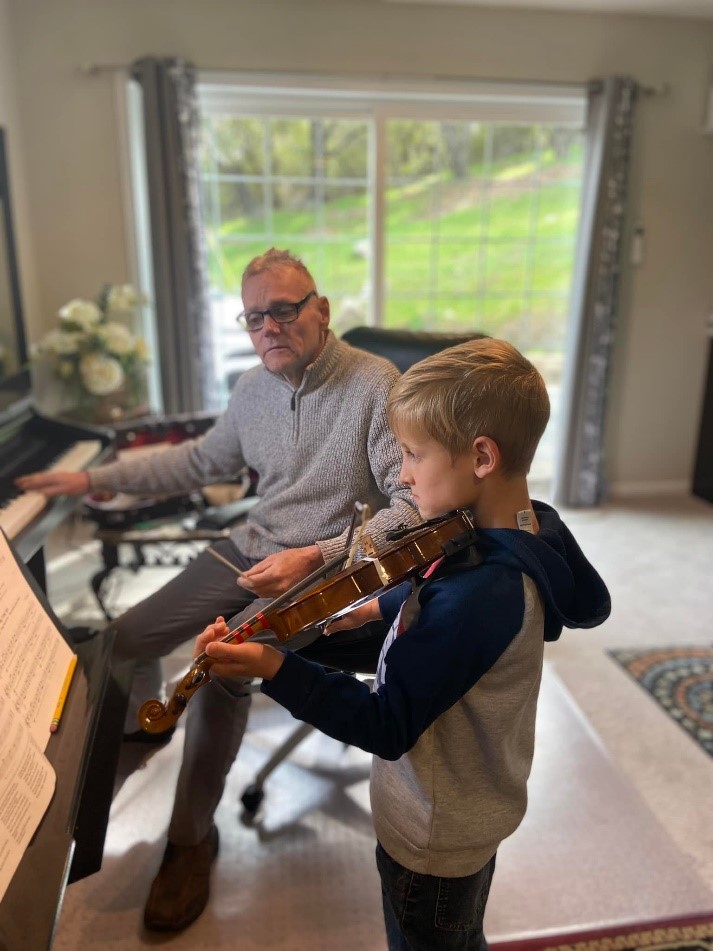
Did you know that over 16 million people play the violin worldwide? For beginners, the first month of learning is crucial to building a strong foundation. Starting with violin private lessons ensures personalized guidance and faster progress. This article breaks down what you can expect in the first month, step by step.
1. Getting to Know Your Violin
The first lesson often starts with learning about the instrument. Your teacher will show you how to hold the violin and bow properly. You’ll learn the parts of the violin, such as the strings, bridge, and fingerboard, and how they work together to produce sound.
Understanding proper handling is essential. It helps prevent damage to the violin and ensures good posture from the start. Simple tasks like tightening the bow and applying rosin might feel tricky at first, but with regular practice, they become second nature.
2. Establishing the Correct Posture
A solid posture is key to playing well and avoiding strain. In private violin lessons, your teacher will guide you through holding the violin and bow comfortably. Standing tall with relaxed shoulders is vital. You'll also learn how to position the violin on your shoulder using a chin rest for support.
Posture might feel awkward initially, but regular feedback during lessons helps you improve quickly. This step lays the groundwork for more advanced techniques.
3. Learning Basic Bowing Techniques
Producing a smooth and even sound with the bow is one of the first technical skills. During the initial weeks, you'll practice holding the bow correctly and drawing it across the strings. Your teacher might use exercises to help you keep the bow straight and develop control.
It’s common to hear squeaky or scratchy sounds at first. These small challenges are part of the learning process. Over time, you’ll notice progress as your bowing becomes smoother.
4. Starting Simple Finger Placement
After becoming comfortable with bowing, you’ll move to finger placement. For beginners, this step involves placing fingers on the strings to change pitches. Many teachers use stickers or markers on the fingerboard to guide placement.
You might start with basic exercises on one string. These exercises train your fingers to land in the correct spots. Accuracy is more important than speed in the beginning, so take your time.
5. Practicing Open Strings and Simple Rhythms
In the first month, much of your practice will focus on playing open strings (strings without using your fingers) and simple rhythms. This helps improve your bowing consistency and teaches you to maintain a steady tempo.
Your teacher may introduce easy rhythms like quarter notes and half notes. These exercises build confidence and prepare you for playing simple songs in the coming weeks.
6. Building a Practice Routine
Consistency is key in learning any instrument. During your violin private lessons, your teacher will help you create a practice routine. Even 15-20 minutes a day can make a difference. Focus on specific skills like posture, bowing, and finger placement during each session.
Private lessons also allow you to ask questions about practice techniques. This personalized support keeps you on track and motivated.
Final Thoughts
The first month of learning the violin is an exciting time for beginners. With the right guidance in violin private lessons, you’ll build essential skills step by step. From posture to basic techniques, every practice session brings you closer to playing music confidently. Keep practicing, and you’ll soon see the results!
Comments